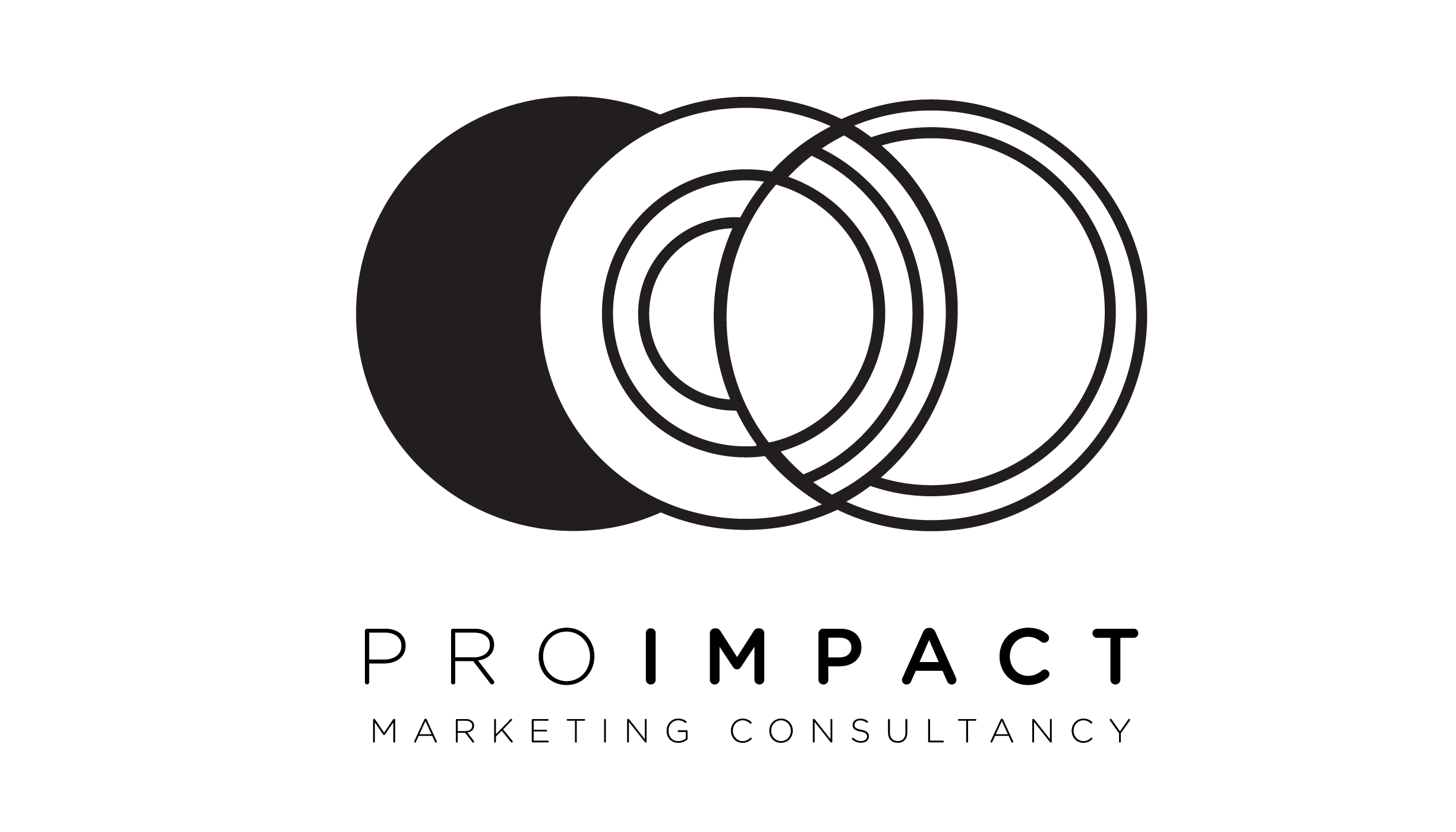Classic / Mohamed Ogbi, Proimpact, Proimpact Marketing Consultancy / October 12, 2016
The Strategic Use of Direct Marketing – Proimpact Blog
Direct marketing is one of the most essential promotional devices of today’s marketing activities. Direct marketing is all about creating a dialogue between buyer and seller.
You may be wondering what the difference is between advertising and promotion.
Advertising is all about educating the consumer on a products feature and benefits, to encourage purchase. When you know exactly who your target audience is and you want to talk to them one-on-one, consider direct marketing as an alternative to traditional advertising vehicles.
Direct marketing is all about creating a dialogue between buyer and seller. Communication is coordinated and individualized through the use of multiple media vehicles and databases. The information collected in databases allows direct marketing to reach targets based on their past buying history, demographics, psychographics, behavioristic, and geo-demographics. Knowledge about the consumer allows you to create a more personalized message, eliminating the more generic mass media messaged delivered through traditional advertising methods. This more intimate environment makes reaching a talking to the target in a language they can relate to, and about a topic they are interested in, easier and more successful. The result is the development of an interpersonal relationship between the client or marketer, the product or service, and the target.
This relationship is one of the foundations needed to build and maintain brad loyalty. The availability of toll free numbers and access to the internet carry this interpersonal relationship a step further by allowing the target to communicate directly with the advertiser.
Traditional advertising is where advertisers and their agencies have historical turned to build brand awareness, accomplish repositioning, and eventually build brand loyalty. Today, the cost of advertising, especially on television, and the fractionalization of media are changing the way consumers receive messages. Advertising simple does not reach the target as well as it used to.
What’s Direct Marketing??
Direct marketing is everything traditional advertising efforts are not, as a mass media vehicle, advertising delivers a message to thousands, often millions, of readers, listeners, or viewers, most of whom are not part of the target to audience. Direct marketing can personalize its message on an individual basis, addressing the target by name.
Direct mail, also known as database marketing is a highly targetable, personal, and measurable form of direct response. The consumer can respond to an advertised message by sending in an order form or logging on to a website to a place an order, receive more information, or give feedback about the product or service. A Direct mail, also known as database marketing is a highly targetable, personal, and measurable form of direct response. The consumer can respond to an advertised message by sending in an order form or logging on to a website to a place an order, receive more information, or give feedback about the product or service.
The diversity of the direct marketing voice
Direct marketing used a diverse array of contact vehicles, including mass media, the mail, the telephone, and personal contact.
- Catalogs
- Direct mail
- Infomercials
- Direct response
- Telemarketing
- The internet
Traditional advertising requires more time to entice the target to action. Its impersonal format requires more frequent messages to reach, educate, and then remind consumers to purchase the next time they are at the grocery store or the mall. Most importantly, since direct marketing is sent to a specific person, it is easy to track who responded to the message and who did not. Ultimately, the information will be used to help determine whether the proper media mix was employed. Because it is so individualized, reaching the target audience through direct marketing is much more expensive than advertising. As a mass medium, advertising is seen and/or heard by a large number of people who may not be interested in the product or service advertised. Direct marketing, on the other hand, targets one individual that research has deemed most likely to buy the product or the use the service advertised, increasing the overall interest and purchase rate.
Trust in direct marketing has grown steadily over the years, mainly because advertisers have delivered reliable products, included guarantees, and made purchases and returns easy. Additional perks promoted in direct-marketing efforts might include some of the lowest prices anywhere, the opportunity to be the first to own, exposure to limited-time offers, and additional incentives, such as free gifts or rebated and/or refunds, just for buying from the televised or direct mail message.
The goal of both advertising and promotion is to elicit a sale. However, when direct marketing is a part of the IMC promotional mix, its role may not be to generate an immediate sale. Sometimes it is used to generate interest or to encourage information gathering through requests for more information. Additional pre-purchase research on the target’s part may require an appointment with a salesperson, a trip to the retailer or brick and mortar location, or a test drive.
To learn more contact us on info@proimpact.it











